GeForce RTX 4090
Rated: 8/10
GeForce RTX 3080 Ti
Rated: 6.5/10
Pros And Cons
| GPU | Pros | Cons |
|---|---|---|
| Nvidia GeForce RTX 4090 | ✅ Best performing consumer graphics card ✅ Relatively power efficient ✅ DLSS 3 frame generation | ❌Absurdly high price |
| Nvidia GeForce RTX 3080 Ti | ✅Good enough performance for modern games ✅Significantly lower price tag | ❌No access to DLSS 3 frame generation ❌Low power efficiency |
- Since the RTX 4090 is based on a 4nm process node and a smaller die, it packs more power than ever. It has 1.7x more transistors than the RTX 3080 Ti, 6144 more CUDA cores, and up to 875 MHz higher clock speeds.
- Consequently, the RTX 4090 is miles ahead of the RTX 3080 Ti in gaming performance. On average, the RTX 4090 ran all 12 games with about 52% more FPS.
- The higher performance of the RTX 4090 only warranted a 23% higher power draw in our performance testing.
- If you wish to be on the bleeding edge of technology, the RTX 4090 is the GPU for you. However, if you cannot afford its absurd price tag, the RTX 3080 Ti will also give an enjoyable gaming experience for many years to come.
Comparison Table
| Technical Specs | RTX 4090 | RTX 3080 Ti |
|---|---|---|
| GPU | AD102 | GA102 |
| Architecture | Ada Lovelace | Ampere |
| Pipelines / CUDA cores | 16384 CUDA cores | 10240 CUDA cores |
| Memory speed | 21 Gbps | 19 Gbps |
| Bandwidth | 1018 GB/s | 912.4 GB/s |
| Tensor cores | 576 | 328 |
| Best Variants | Best RTX 4090 | Best RTX 3080 Ti |
Architectural Differences
- Process Node: Nvidia went from an 8nm manufacturing node to a 4nm manufacturing node, going from the RTX 30 series of cards to the 40 series. This has allowed them to get unparalleled efficiency out of their cards.
- TDP: Being a higher-tier card, the RTX 4090 has a higher TDP of 450 watts than the RTX 3080 Ti, which is rated for a TDP of 350 watts.
- VRAM: The VRAM on the RTX 4090 is double that of the 3080 Ti at 24GB of GDDR6X memory versus the 12GB of GDDR6X memory on the older card.
- Clock Speeds: The RTX 3080 Ti has a base clock speed of 1365MHz, with a boost of up to 1665MHz. The RTX 4090 blows it out of the water in this regard, with a base clock of 2235MHz, while its boost clock is closer to 2520MHz.
- Other Features: The newer 4090 can use Nvidia’s DLSS 3 frame generation technology, whereas the older card lacks this feature. The RTX 3080 Ti can still use frame generation using AMD’s software, though it has a little less fit and finish than the Nvidia variant.
The introduction of the RTX 4090 has challenged all the great graphics cards before it, which is making some consumers wonder if the performance of this card is unnecessary to play modern games. The RTX 4090 vs RTX 3080 Ti comparison will facilitate the answer to where the needs of performance end in modern gaming.
RTX 4090 Vs. RTX 3080 Ti: Gaming Benchmarks
Now that we know how the numbers define both of these cards, this part of the comparison will look at the real-world performance of the RTX 4090 vs RTX 3080 Ti. To do this, we put together a testbench tailored to these cards, the specifications of which are mentioned below:
Testing Rig
- OS: Windows 11
- CPU: Intel Core i7-13700K
- Motherboards: ASRock Z790 Taichi Lite Motherboard
- RAM: Kingston Fury Renegade RGB DDR5 32GB 7200MHz
- SSD: XPG GAMMIX S70 BLADE 2TB NVMe SSD
- PSU: Enermax Revolution D.F. X 1050W
- CPU Cooler: MSI MAG CORELIQUID E360 CPU Liquid Cooler
The Witcher 3

- As the first game of our testing, the Witcher 3 averaged a framerate of 243 FPS on the RTX 4090, while the RTX 3080 Ti had an average framerate of 151 FPS. This comes out to a lead of around 60% for the 4090.
- The difference became less drastic between the 1% lows of the two cards. Here, the RTX 4090 dropped to around 172 FPS, while the RTX 3080 Ti went down to around 134 FPS.
Watch Dogs: Legion

- There was an even bigger advantage for the RTX 4090 in Watch Dogs Legion, with the card getting an average framerate of 116 FPS, while the RTX 3080 Ti could only manage a framerate of 66 FPS. This calculates to a 75.7% win for the newer card.
- The 1% lows dropped to around 58 FPS for the RTX 3080 Ti, whereas the RTX 4090 went down to around 86 FPS in graphically intense scenes.
Shadow Of The Tomb Raider

- The average framerate hovered around 218 FPS on the RTX 4090 in our test of SotTR, which is almost double the average we saw from the RTX 3080 Ti, which averaged a framerate of 113 FPS.
- The 1% lows weren’t as different between the two cards, with the RTX 4090 dropping down to 262 FPS, while the RTX 3080 Ti went down to around 185 FPS.
Red Dead Redemption 2

- Our test of RDR 2 gave the RTX 3080 Ti an average framerate of 133 FPS, while the RTX 4090 was a relatively modest 25% ahead with a framerate of 166 FPS average.
- The 1% lows were also relatively close in this game, with dips to around 118 FPS on the RTX 4090, while the RTX 3080 Ti went down to around 103 FPS.
Metro Exodus

- The average framerate of the RTX 4090 in our test of Metro Exodus was around 153 FPS, which was a whopping 76% higher than the 87 FPS average of the RTX 3080 Ti.
- The difference 1% lows went down to around 50% with the RTX 4090 going down to 98 FPS, while the RTX 3080 Ti had lows of around 65 FPS.
Horizon Zero Dawn

- There was a 25% improvement going from the older card to the newer card in our run of Horizon Zero Dawn. The RTX 4090 had an average of 210 FPS, while the RTX 3080 Ti had an average framerate of close to 168 FPS.
- The lows were around 134 FPS on the RTX 4090, while the RTX 3080 Ti had a minimum framerate of around 115 FPS.
God Of War

- Testing God Of War gave the RTX 4090 a 70% uplift in average framerate compared to the 3080 Ti. It had an average framerate of 211 FPS, while the 3080 Ti averaged a framerate of 124 FPS.
- The 1% lows followed a similar vein, with the 4090 getting minimums of around 113 FPS, while the RTX 3080 Ti went all the way down to a framerate of 92 FPS.
Far Cry 6

- The difference in performance between the two cards dropped down to 15% in the benchmark for Far Cry 6. The RTX 4090 gave an average framerate of 139 FPS, while the RTX 3080 Ti had an average of 120 FPS.
- The 1% lows were around 106 FPS for the RTX 4090, while the RTX 3080 Ti had lows closer to 89 FPS.
Crysis Remastered

- The answer to the age-old question of “will it run Crisis?” was an astounding yes for the RTX 4090, with an average framerate of 144 FPS, while the RTX 3080 Ti averaged a framerate of only 87 FPS, which gave the newer card a solid lead of 65%.
- The 1% lows for the RTX 3080 Ti dropped to 80 FPS, while the RTX 4090 went down to 144 FPS.
Overall Gaming Performance
Average FPS
The RTX 4090 was much more powerful in our gaming tests, averaging a difference in performance of around 52%. The average framerate of this card was around 178 FPS, while the 3080 Ti averaged a much lower 117 FPS. Safe to say, the newer, higher-tier card is much more powerful.
1% Lows
The 1% lows hovered around 102 FPS for the RTX 3080 Ti, whereas the RTX 4090 had lows of around 137 FPS. This difference accumulated to an advantage of around 34% for the RTX 4090. The performance of the RTX 4090 was clearly much better than the RTX 3080 Ti, which forces us to give it the win in this category.
Winner: Nvidia's GeForce RTX 4090
Power Efficiency

In our performance testing, the average power consumption of the RTX 3080 Ti was around 304 watts, whereas the RTX 4090 drew around 375 watts on average. This equates to a 23% higher power draw, which is well worth the near 50% improvement in performance we witnessed on average.
Price And Availability
| GPU | MSRP | Current Price |
|---|---|---|
| Nvidia RTX 3080 Ti | 💲1199 | 💲1179 |
| Nvidia RTX 4090 | 💲1599 | 💲1799 |
| Difference | 33% | 52% |
The MSRP of the RTX 4090 is around $1599, though this price can vary from model to model. The cheapest we could find on Amazon was around $1799. In contrast, the RTX 3080 goes for around $1179 for the cheapest variant at the time of writing this article. Both cards come at a premium price, but they both are undoubtedly premium cards.
What We Recommend
RTX 4090: The decision between these cards hinges on your budget. If you want to go all out, there is no better graphics card that will keep you up to date for ages than the RTX 4090. It performs excellently in all gaming scenarios while also being relatively efficient for the performance it puts out.
RTX 3080 Ti: If your budget is lower but you can spare spending nearly a grand on a new graphics card, there are fewer better performers than the RTX 3080 Ti. It has an excellent performance all around, including great ray tracing performance, allowing you to play even the most demanding games comfortably at very high resolutions.
To cap this discussion off, the RTX 4090 is a card that offers you the latest and greatest in consumer gaming technology, whereas the RTX 3080 Ti gives you a luxury gaming experience at a lower yet still premium price tag.
FAQs
Yes, in our RTX 4090 vs. RTX 3080 Ti comparison, we found that the RTX 4090 stayed about 21.6% cooler on average in the 12 games we analyzed.
Yes, the latest and greatest RTX 4090 is a power-hungry beast. Its recommended PSU is rated for 850W. So, unless you already have an 850+W PSU, you will have to upgrade.
Definitely, the RTX 4090 is an extremely powerful GPU, and when paired with the i9-13900K, you will have absolutely no issues in gaming on 4K.
More From RTX 3080 Ti
More From RTX 4090
Thank you! Please share your positive feedback. 🔋
How could we improve this post? Please Help us. 😔
[Comparisons Expert]
Abdemanaf is a skilled creative writer who has been honing his craft since 2011. While initially working in different fields, he found a passion for technology and has been exploring the tech world since early 2015. Over the years, he has developed an in-depth knowledge of the latest tech trends and product offerings by various companies.
Abdemanaf’s writing reflects his analytical mindset and ability to think critically. He has a knack for breaking down complex technical information into easily digestible pieces, making his articles engaging and accessible to readers from all backgrounds. In February 2022, he joined Tech4Gamers as a blog and product comparison writer, where he has been able to hone his skills further.
As a writer, Abdemanaf is dedicated to staying up-to-date with the latest technological advancements and trends, enabling him to provide readers with the most relevant and accurate information. He is always eager to learn more and is constantly seeking new challenges to improve his skills.
Get In Touch: manaf@tech4gamers.com


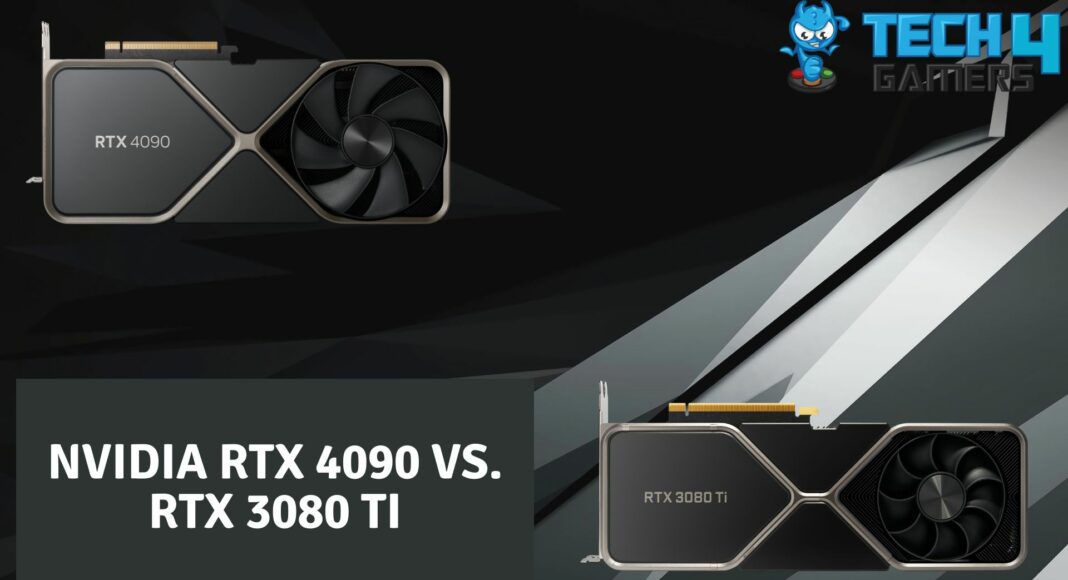
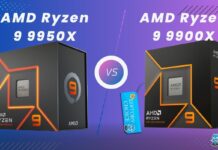
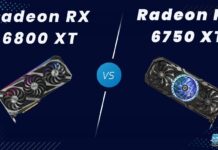
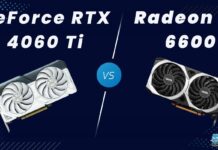

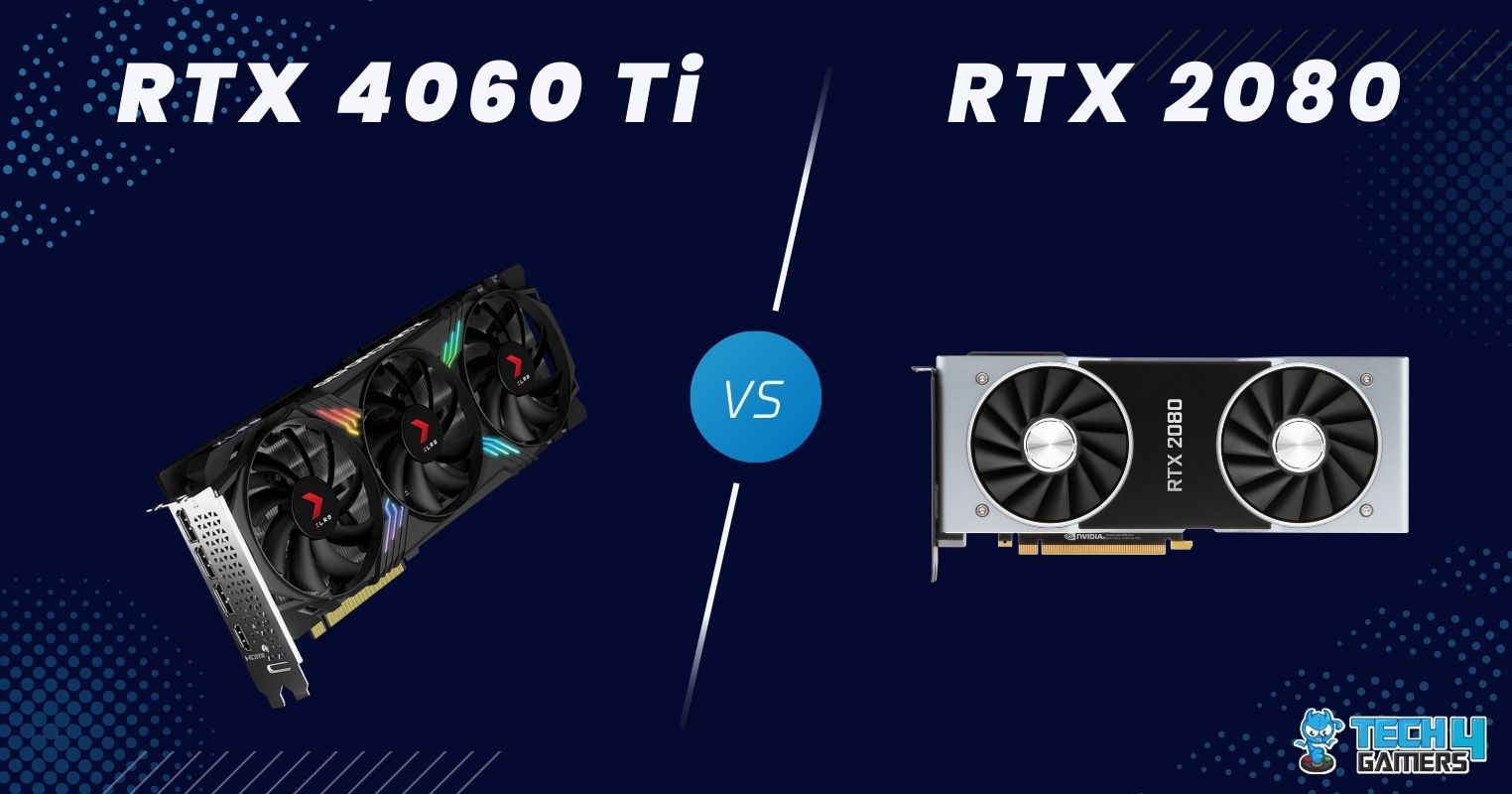
Feedback By:
Wilson
Martinez
Grace
Daniel
Michael
Garcia